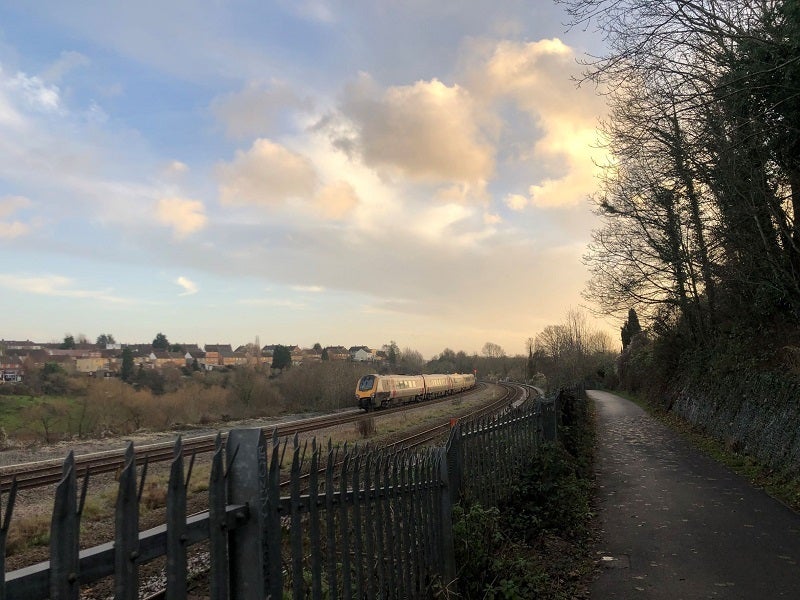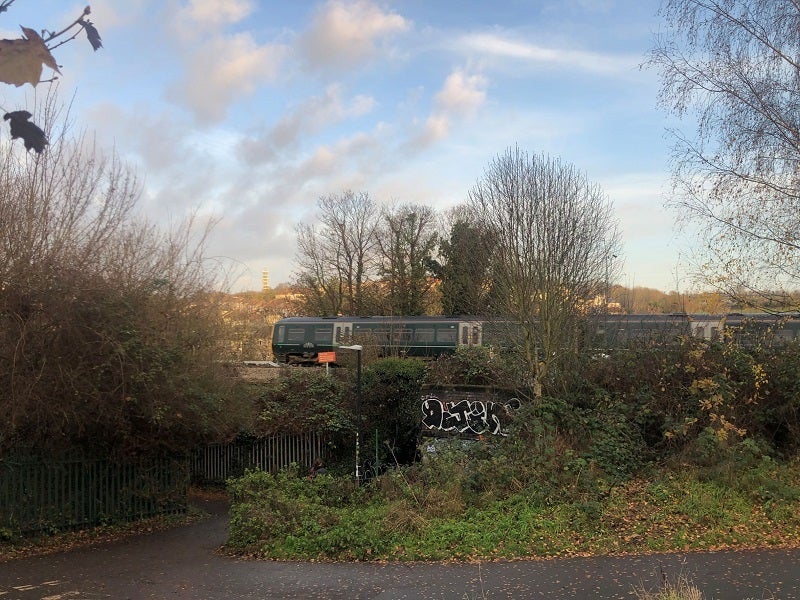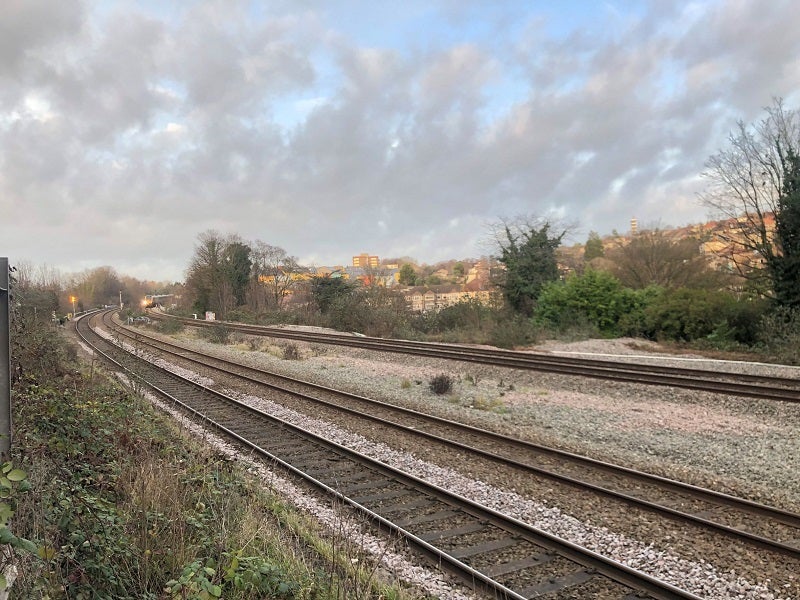Ashley Down railway station is proposed to be built as part of the Henbury Line, which will reopen passenger rail services between Bristol Temple Meads and Henbury, under the MetroWest Phase 2 project.
West of England Combined Authority, a combined government authority led by the Mayor of the West of England, is funding and developing the project in partnership with local government authority Bristol City Council, Network Rail, a railway infrastructure owner and operator based in the UK, and Great Western Railways, a railway company based in the UK.
Construction on the Ashley Down railway station is expected to commence in early 2023 and is scheduled to for completion in 2024. The station will initially be serviced by trains shuttling between Bristol Temple Meads and Filton Abbey Wood, with services eventually running to the new YTL Arena in Filton.
Ashley Down station location
The new Ashley Down station will be located on the previous Ashley Hill station site, which was closed in 1964 as part of the Beeching cuts, which saw approximately 5,000 miles (8,046km) of track closed and more than 2,300 stations axed in the 1960s, especially in rural areas.
Need for the new station
The new station is being developed as part of the second phase of the MetroWest rail improvement project. The first phase of the project, MetroWest Phase 1, aims to increase the number of stations and rail services on the Portishead Line while MetroWest Phase 2 will increase stations and rail services on the Henbury Line and Yate & Gloucester Line.
Ashley Down station is one of three stations being built as part of improvements to the Henbury Line under the MetroWest Phase 2 project. The other two stations that are planned to be built include Henbury and North Filton.
MetroWest rail improvement project aims to improve rail services in the region and provide approximately 80,000 people with access to railway services. It is expected to result in more than one million new rail journeys, and help in offsetting 500t of carbon dioxide a year by 2030.
Ashley Down railway station details
The entrance to the station will be from Concorde Way, and access to the station will be from Muller Road and Station Lane through the existing subway footway.
The Ashley Down station will include two platforms, which will be 126m long, and capable of taking five-car trains. A footbridge will join the two platforms with lifts.
The station will feature lighting, signage, signalling, closed-circuit television (CCTV), customer information systems (CIS), ticket machines, help points, and seating facilities. Other amenities will include covered cycle racks and parking, disabled parking, landscaping, and footpaths. The project also includes modifications to adjacent cycle and footpath routes.
Track works, including minor realignments to the tracks through the station, will also be part of the project.
Contractors involved
The new station is being built by BAM Nutall, a construction and civil engineering company based in the UK.
Project benefits
The proposed station at Ashley Down will increase the community’s connectivity to the broader train network through Bristol Parkway and Temple Meads and then further afield to London, Wales, the Midlands, and the Southwest of England.
It will enable residents in the area to access train services locally, thereby improving connectivity to employment, business, entertainment and leisure avenues, and reducing congestion and pollution. More than seven million minutes of travel time will be saved a year through more efficient journeys.
The new railway station will also support the development of more than 8,500 new residences.










